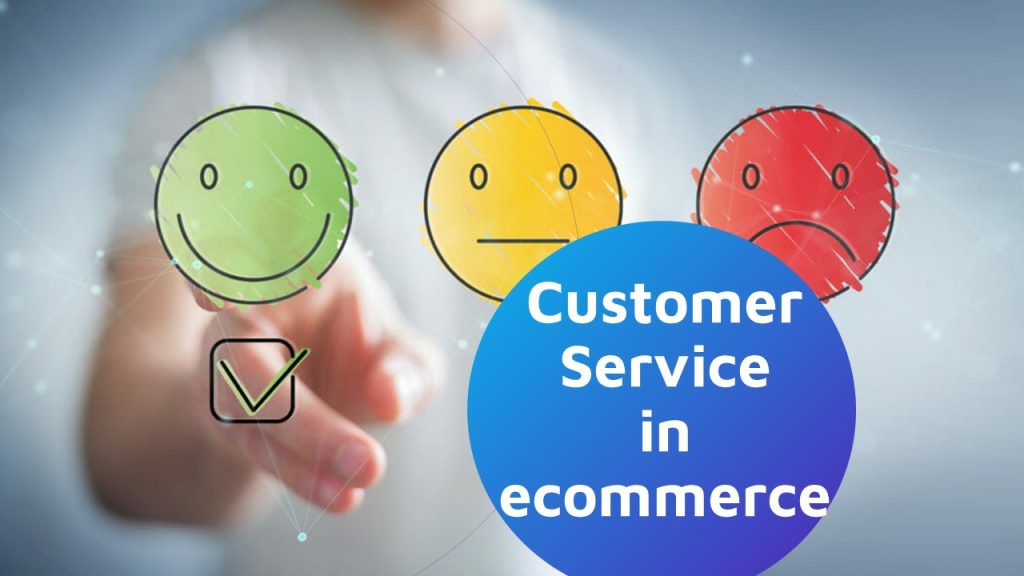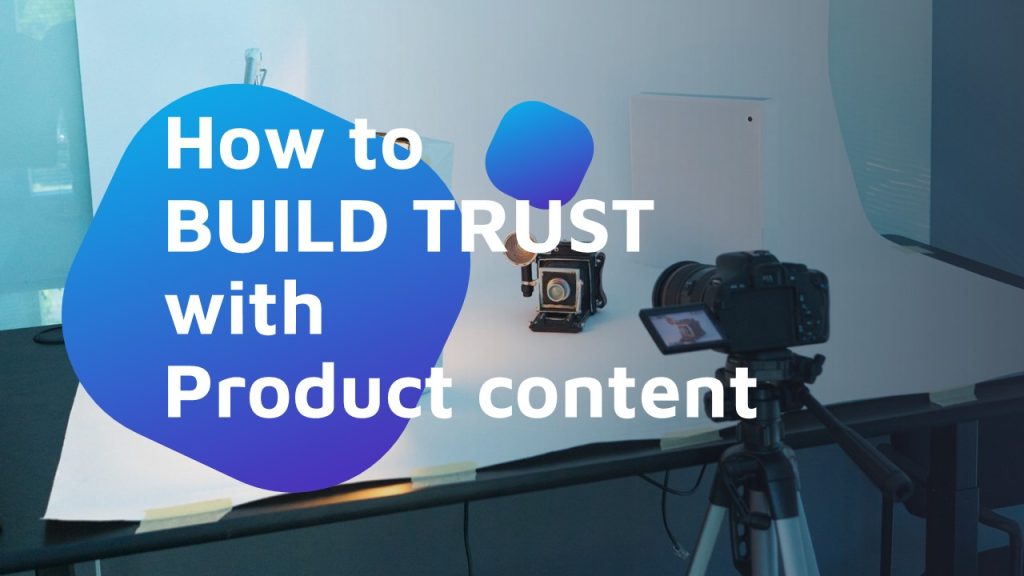A good brand reputation is not only the story of success every business dreams of. That’s just the tip of an iceberg that is hard to build, but easy to lose. How consumers perceive a brand is the result of hard work over a sustained period of time, and not neglecting any aspect of the business’ activity: product quality, how it interacts with its audience, states its values, and presents the solution to a problem.
In this post we’ll go over the most important elements to build a strong and successful brand reputation and keep it growing.
Key elements to build a successful brand reputation
Be yourself. Be different…
Your promise and is what connects your value proposition with your leads, and that conductive element should remain fresh and up to date.
Keep a close eye on your competitors and related products to spot new opportunities and be at the frontline – if not one step ahead. New opportunities may go from new versions of your product to cross-sale collaborations.
Don’t be shy and do follow them on Social Media. You can even subscribe to their mailing list, even if you use your personal email. Competition on the internet is not the souk. And after all, your competitors will probably be looking at you as well.
… and consistent.
Your brand’s image is the space between the identity it projects and the public’s perception. In this vein, versatility and adaptability are somewhat easy when it comes to designing a campaign strategy or standing for a cause – remember younger consumers prioritize brands which stand for values that resonate with them. To learn more about this, take a look at post about the changes in consumer behavior, sustainability, DEI and ESG.
What’s harder is remaining consistent across different channels, regardless of which they are: a website, posts on Social Media, newsletters, or even an Amazon EBC. Basically, because each of them requires a specific kind of content.
How you would describe your brand if it were a person? Does it speak as a friend or as an expert? Who does it speak to? How formal or casual is it? How does it approach your audience’s pain points?
Your brand’s values, mission, and vision are what everything stems from. Have a clear brand guide so all visual elements (color palette, fonts,…) remain coherent and match your voice and tone.
Make videos
Videos are timeless pieces of content able to say a lot in very little time: from telling a story to explaining how a product or one of its features works. Plus, they are highly engaging and can be easily accessed, saved, or shared.
Many businesses choose videos to promote their brand or product. They come in multiple formats depending on their objective. From brand videos aimed solely at stating a value proposition, to product videos highlighting its features or the pain-points its solves.
Short videos and live streams to run Q&A sessions or flash sales create a very good impression among their viewers, who will perceive the brand as one that cares and is committed to its customers.
Videos also allow you to show your brand’s most personal side, explain how your product works and solves a given need in a relatable way. And that is highly appreciated among consumers, who will easily find the answer to the most frequent challenges other people have had.
The role of influencers can’t be overlooked and should be considered as a way to stream user-generated content among communities on Social Media. From product video reviews to unboxing videos, or simply paid influencer promotion can give your brand a real push.
Customer satisfaction is your TOP priority
We often hear that, on the internet, you may fool people once but not twice. Word of mouth spreads like wildfire and an unhappy customer can truly set his mind to become your worst nightmare. Especially given the countless channels and platforms that are out there.
As obvious as it may seem, your sale is not complete once the payment is. Aftersales are key to customer retention, and it is best to measure your customers’ satisfaction constantly instead of waiting for that one bad review that sparks the fire. That way, not only will you be able to adjust whatever could have mislead them, but also to find improvement points and, more importantly, address them immediately.
So, first off, make sure your customers are satisfied with your product and your overall value proposition, keep an open communication channel for them to communicate easily, and address promptly and privately your unsatisfied customers.
Eventually, that could lead to new versions of your product and to a whole re-launch campaign, with all that comes along.

Offer an outstanding customer service
In the omnichannel world, consumers expect to be treated the same regardless of the channel they use. The disappearance of the border between the online and the offline worlds is now a fact, and from discovery to the actual purchase consumers go through different channels to learn, ask, compare, and decide.
Add the broad repertoire of sales channels, and a larger number of competitors, and you can make an idea on how challenging it can be to keep your brand responsive. Diversification is not negotiable for startups anymore, and neither is the centralization of notifications and contact information.
Centralization is not expensive. You could use a single email address for all channels, automated email forwards, or benefit from AI via chatbots so you don’t miss one lead.
Mind, however, the timeliness of your replies.
Stay active and be constant
Rome wasn’t built in a day, and neither is brand reputation. In fact, building a good brand reputation is a long-term project that takes time and effort as much as constant monitoring.
There are many different metrics in ecommerce, each one providing useful insights: followers, positive and negative reviews, organic traffic, paid traffic, acquisition cost, click-through rate… The right KPI’s will vary according to your business, sales channels, and improvable areas. Take it easy though and focus on one at a time to avoid misinterpretations.
In a nutshell
You can see a successful brand reputation is the combination of everything related to your brand and the products you sell. From identifying your potential customers mood to deliver a powerful sales pitch, to approaching them appropriately, satisfying their expectations, and keeping them engaged. And to do that, your brand’s identity needs to be tight and consistent, and deliver fresh, high-quality content. and that’s exactly what Content2Sell does.




